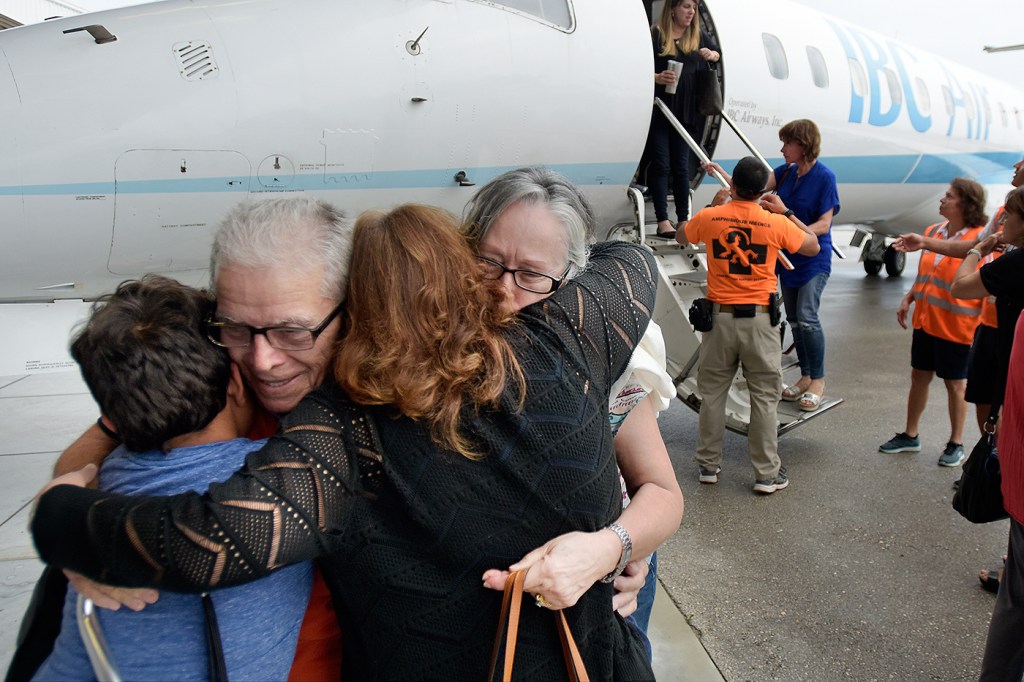The changing face of Puerto Rican migration

Hundreds of thousands of Puerto Rican people have migrated from the island to various parts of the U.S. mainland since Hurricane Maria swept through six months ago. But unlike the last great migrant wave—immediately following World War II—this one is more dispersed and has the potential to shift cultures both on the mainland and the island, according to Amílcar Barreto, associate professor of cultures, societies, and global studies at Northeastern, and a Puerto Rican scholar.
While it’s difficult to identify exactly how many people have left Puerto Rico since September, estimates are in the six figures. Roughly half of these migrants are headed for southern and central Florida, where there is a strong existing Puerto Rican community. The other half—typically bilingual white-collar workers—are spread farther across the country.
“This is going to be interesting,” Barreto said of the continued migration. “The less bilingual certain individuals are, the more likely they are to feel attracted to certain pockets of migration.”
It might get to the point in certain areas of southern and central Florida where Spanish becomes so dominant that individuals could get by for a time only speaking Spanish, Barreto said.
If the migration wave continued, Puerto Ricans might begin to create pocket majorities in certain areas—similar to the German-speaking Pennsylvania Amish communities or French-speaking Quebec. “That’s when things could get very interesting,” Barreto mused.
Either way, Barreto predicted that the cultural elements of migrant Puerto Ricans will mix with the local culture wherever they are. In Florida, for example, there is already a large Cuban community that shares a language (Spanish) with Puerto Ricans.
“When you put the Puerto Rican migration in the context of other immigrants and migrants, what we could end up seeing is the accelerated Caribbeanization of central Florida,” Barreto said. “It’s not that any one group will prevail, but a mixture of Caribbean cultures.”
The exodus also stands to make worse an already dire economic situation in Puerto Rico, Barreto said. “For years there has been a Puerto Rican brain drain,” he explained. “People who have higher education, who are pretty evenly bilingual, have been hired in mainland states left, right, and center. My brethren who work in the Puerto Rican municipal government, who don’t have the best English language skills—I’m curious as to what kind of jobs they’ll be able to take in the continental U.S.”





